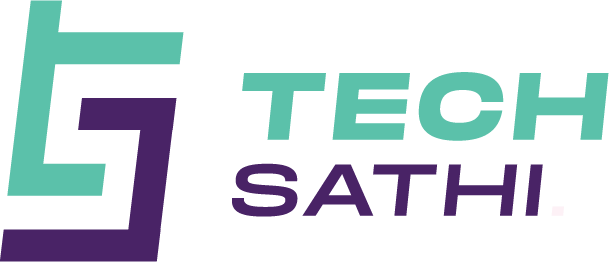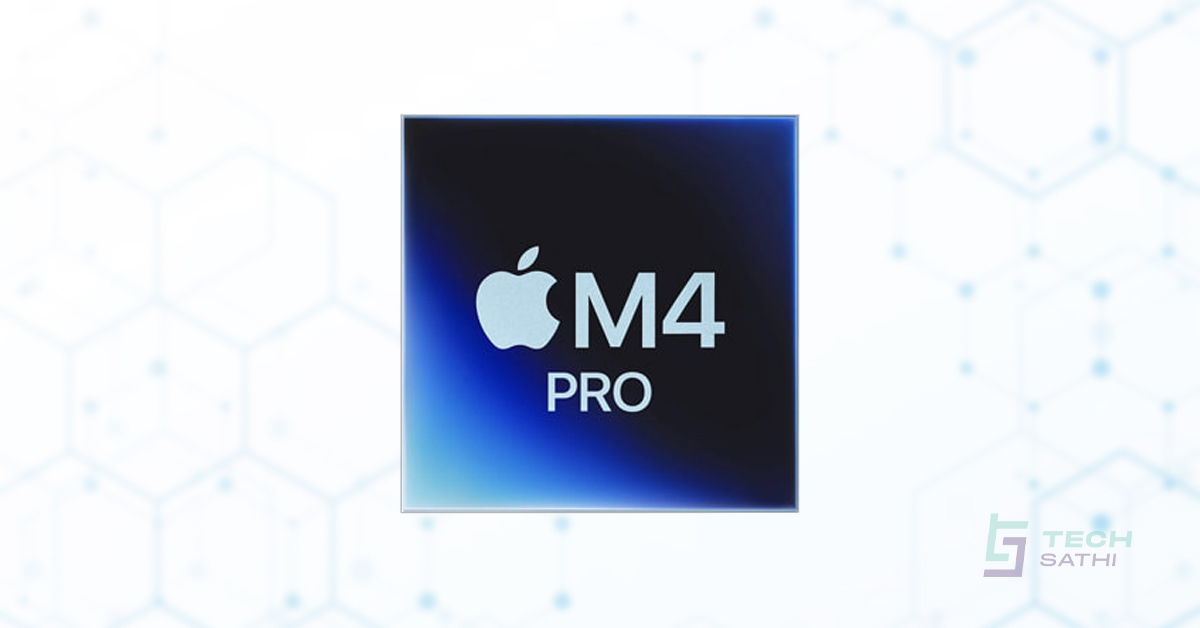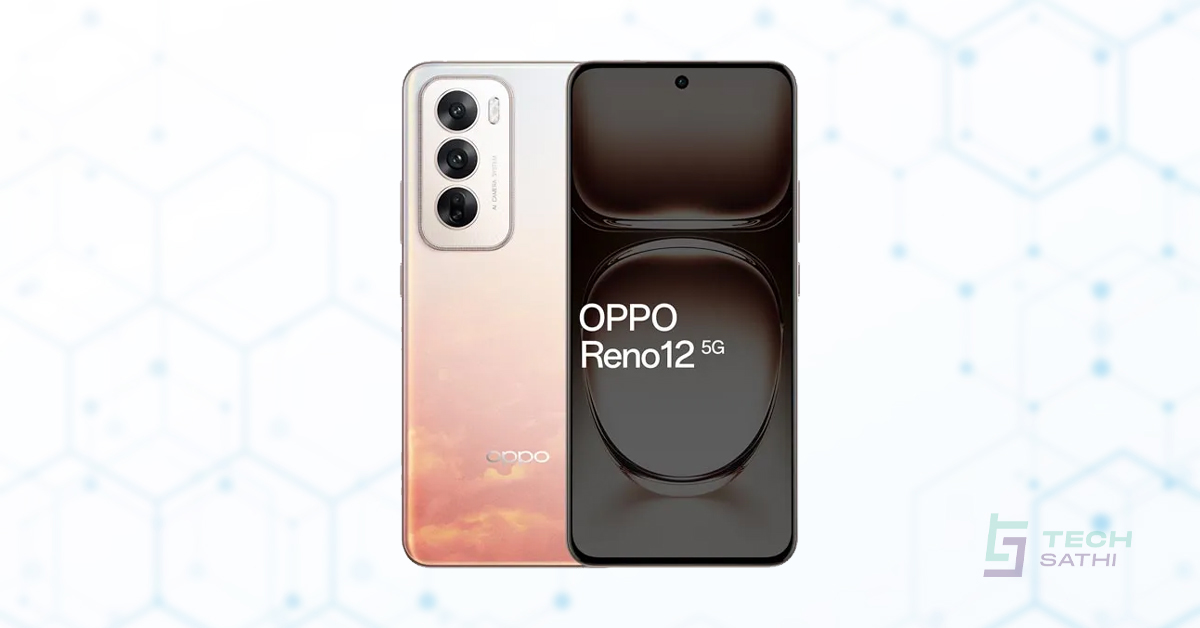Blockchain. The technology behind bitcoin. Some people prescribe blockchain as the solution to all human ailments, some are just very skeptical and some people fall in the middle. But what even is blockchain?
One thing I want to make clear to those who don’t understand is that blockchain is not bitcoin. It’s the technology that enables bitcoin. The invention of both is credited to mysterious Satoshi Nakamoto.
Every time a new technology is introduced, it goes through a cycle of hype, gross overestimation of the possibilities, firms mushrooming with new investments without any viable product outcome, forming and bursting of a bubble. And, it’s only after third or fourth generation products appear when the market applicability of the given technology is seen and it actually starts making a profit for the firms that implement it.
But still, for the technology to grow out of infancy, it has to address the needs of more than a niche market.
What actually is blockchain?
It is a series of unchangeable (immutable) records which are timestamped and are stored in a bunch of computers which is not owned by a single party. Cryptographic algorithms are used to secure these immutable records and are chained to each other.
i.e
- Block: blocks of data
- Chain: The chaining of blocks of data using cryptographic principles
So, what’s the point of doing so?
We can use this technology to pass a message from point A to point B without any central server in a peer to peer fashion. What we’re effectively doing here is cutting down the middleman. In the case of cryptocurrencies, you are avoiding the middlemen such as banks that charge a transaction fee.
But bitcoin isn’t the only application of blockchain, it’s one of the applications of blockchain. The attractive aspect of this technology is each transaction and each record is unfalsifiable and verifiable.
Exercise: Think about 5 services you use daily where the transaction happens between person A and B but the service provider cuts some money as their commission
But, how does this blockchain thing, work?
Blockchain is a distributed ledger.
Ledger: a collection of records (database)
Distributed Ledger: database spread across several computers (or computing devices) also known as nodes
So, think of it like the database is duplicated over, and over again across a host of computing devices. The other way of saying this is, blockchain has an inbuilt redundancy.
Therefore, the data in a blockchain exists in a shared host of computing devices (not in a single location) and is continuously updated.
WHAT?
We can use the spreadsheet analogy by Kendriya Vidyapati Sanghatan to further explain this. If we share the word processing files in the traditional way, we send the file by email and the receiver of the file makes edits and sends us back. You are locked out of editing until you are sent the file back.
That’s how traditional databases work i.e. two owners can’t make changes to the same record once. They lock access until one party finish making the changes.
But,
if you use Google Docs or Google Sheets, person A and person B can make changes to the document at the same time. What is visible to both of them is a single version of the document (or a record).
In the blockchain, instead of the shared document, we have a shared ledger. And distributed simply means the sharing involves a number of people.
So, what are the benefits of using blockchain technology?
Also, know as 3 pillars, the benefits include of
- Decentralization
- Transparency
- Immutability
Decentralization: In a centralized server system, there is a single point of failure, single authority over the information. It’s not even a new concept. We have all used BitTorrent for torrenting where we use peer to peer networking to share files where downloaders of those files are also the uploaders.
Transparency: Yes, the privacy (personal identity) of the individual making transaction is maintained.
A person’s transaction history doesn’t say per se, ‘A sent 35 bitcoins to B’
It’s something along the lines of ‘wr2hj3223i23hb23 sent 35 bitcoins to sjnsfsjksfj4322’
Complex cryptographic algorithms are used to hide the personal identity of that person.
But, you will still see all the transactions done by their public account so they cannot deny having made a transaction. Let’s say if votes were recorded using this technology, you could see how many people actually voted for who. That, in turn, would ensure more transparency as ballot data being tampered in a country like Nepal is not too far fetched to think about.
Immutability: Something entered in blockchain cannot be tampered with.
Okay, it sounds cool and all but does it have any application areas?
Apart from the obvious ‘cryptocurrencies’. Some of the applications of this technology may be:
- Serverless applications (decentralized application)
Eg. Golem, it helps CGI artists rent unused and idle computing power of others for creating CGI graphics - Exchange of medical data or any data
- Voting System
- blockchain IoT/smart devices
- Web 3.0
The web was designed to be decentralised so that everybody could participate by having their own domain and having their own webserver and this hasn’t worked out. Instead, we’ve got the situation where individual personal data has been locked up in these silos. […] The proposal is, then, to bring back the idea of a decentralised web.
To bring back power to people. We are thinking we are going to make a social revolution by just tweaking: we’re going to use web technology, but we’re going to use it in such a way that we separate the apps that you use from the data that you use.
Tim Berners Lee
So, is blockchain a revolutionary technology or just a passing fad?
That is something only time will tell, I don’t want to mince my words and not say that I don’t know. The problem with new technology as I mentioned at the beginning of the article is the hype that surrounds it. A lot of undeliverable promises are made. Tons of players that want to capitalize on this new sexy technology. A lot of investments made, a lot of scammers and frauds or business people who don’t understand or cannot clearly see the loopholes in their arguments or prescription. Bunch of mediocre programmers claiming to be blockchain experts ( I mean it’s the same with big data, machine learning, and artificial intelligence space).
The Web failed at some point. After the dot com bubble burst, many companies were left bankrupt. A lot of people went from hero to zero real quick in 2001.
Maybe, we don’t know, parts of it might stay. Parts of it will change into something else and then it’s morphosis with some other technology will help create something of value.
The important thing is to understand the underlying principles behind the technology, gauge what problems it may be able to solve, what loopholes or limitations it poses, how it can change and emerge; and not give in to the hype train.
If you want to read more of my articles that I wrote for Techsathi then click here. You may also click here to read my personal blog.







1 Comment
Pingback: Blockchain: Everything You Need to Know – TechSathi